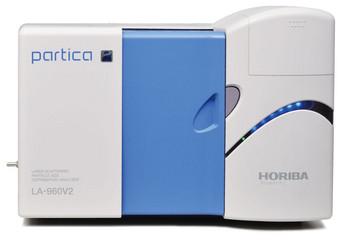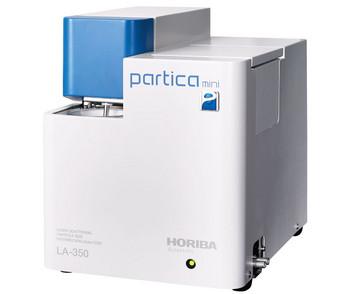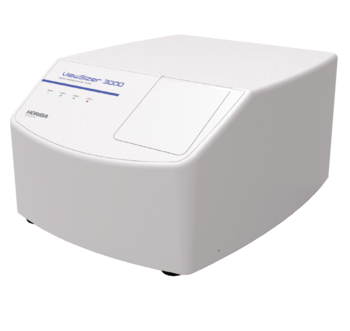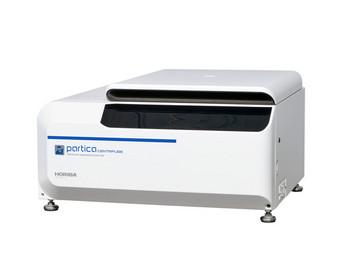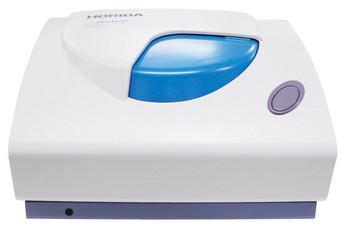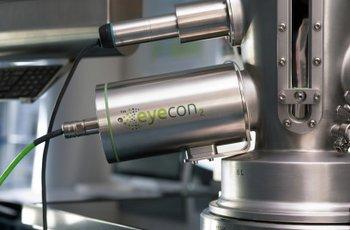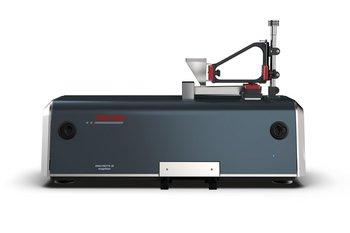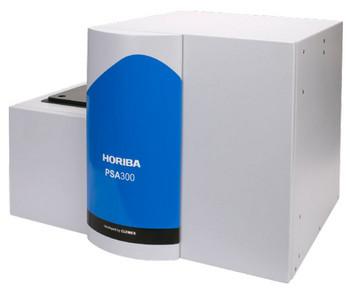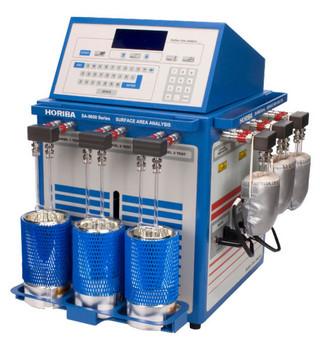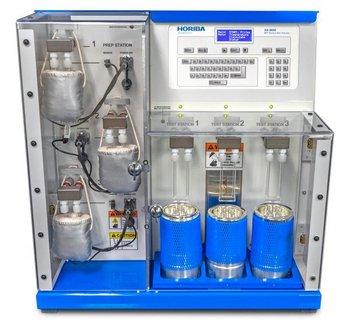Browse Products
Partica LA-960V2
Laser Scattering Particle Size Distribution Analyzer
Partica mini LA-350
Laser Scattering Particle Size Distribution Analyzer
ViewSizer 3000
Simultaneous Multi-Laser Nanoparticle Tracking Analysis (NTA)
Partica CENTRIFUGE
Centrifugal Nanoparticle Analyzer
nanoPartica SZ-100V2 Series
Nanoparticle Analyzer
Eyecon2™*
Direct Imaging Particle Analyzer
ANALYSETTE 28 ImageSizer*
Dynamic Image Analysis
PSA300*
Static Image Analysis System Particle Size
SA-9600 Series
BET Flowing Gas Surface Area Analyzers
SA-9650 Series
BET Surface Area Analyzers
